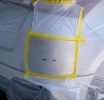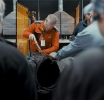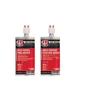Collision
SMART Repair: A Targeted and Sustainable Approach
Impact Greater Than Expected
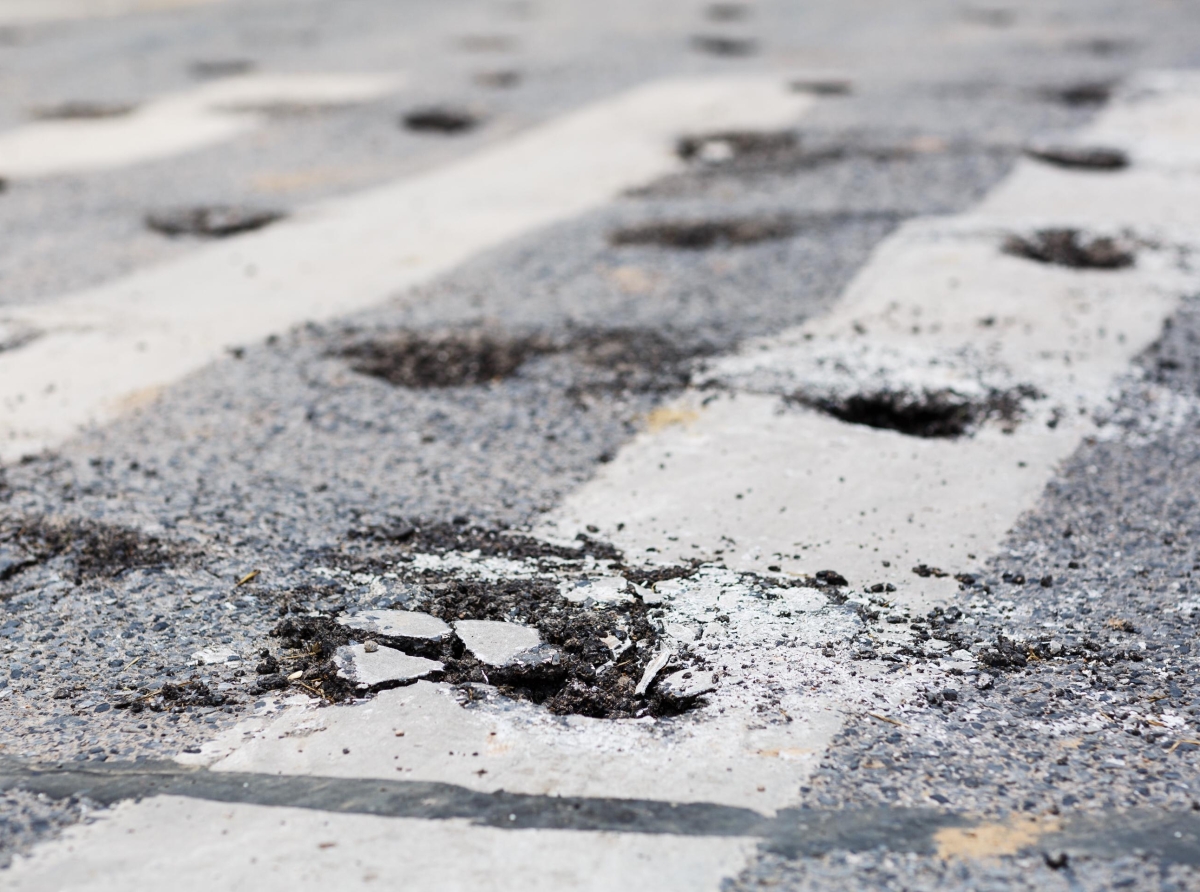
With summer approaching and potholes reappearing, no vehicle is safe from impacts. Solid yet fragile, the suspension is highly susceptible to damage. Beyond mechanical wear, a collision can also affect a vehicle’s electronic components. For several years now, vehicles have been equipped with forward-facing electronic radars. These sensors are part of a complex technology composed of multiple modules within the ADAS (Advanced Driving Assistance Systems).
I witnessed just how fragile these modules are when a Hyundai Ioniq 5 was brought into our body shop. According to the client, the car had hit a curb chain near the front suspension. At the time of impact, multiple warning lights appeared on the dashboard, preventing the vehicle from moving. The force of the impact had broken the steering rack. Even after replacing it, the dashboard lights remained. That’s when we turned to the diagnostic monitor for a deeper assessment.
From the first reading, the monitor immediately indicated the front collision avoidance radar needed calibration, as the ADAS and adaptive cruise control warning lights were still on. This system also manages lane departure alerts, blind spot monitoring, and adaptive lighting. The modules positioned at the front, rear, and sides of the vehicle are all meant to enhance safety.
The monitor showed adjustments were necessary before proceeding: the vertical angle was completely misaligned, far outside the prescribed range—close to -2. (see photo – first reading)

After major adjustments, the second reading showed slight improvement, but the vertical angle still failed to meet the required specs. This led me o question whether the module itself was defective. (see photo – second reading)

Despite my doubts, I made a few minor tweaks and finally obtained the following results: (see photo – third reading). In speaking with the client, they remained sceptical about any damage to the radar, since the impact site was far from its location.

Yet the reality is that even though the collision occurred underneath the vehicle, the force of the curb strike—and the broken steering rack—created a shockwave that could easily have travelled forward to the radar’s location. It’s a fragile component, supported only by a plastic bracket and adjusted using plastic gears. It’s quite possible that the impact damaged the radar’s internal structure. (see photo – vehicle)
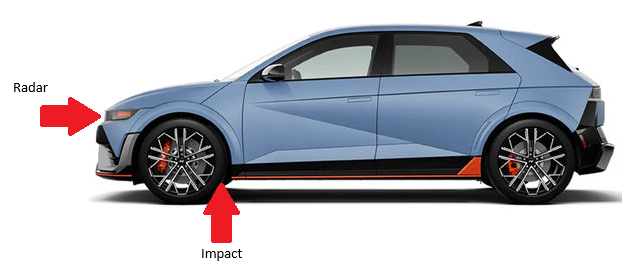
Unable to achieve the calibration targets, I contacted Remtech for guidance. They shared the standard calibration criteria required to complete the repair. (see photo – normal range)

Without Remtech, the client’s wait would have been significantly longer, as we struggled to reset the warning lights and properly adapt the system. Thanks to their support, I was able to return a fully repaired and road-safe vehicle to the client—saving both valuable shop space and avoiding further client inconvenience.

L'Automobile Magazine
News
Business Directory



 En
En  Fr
Fr 